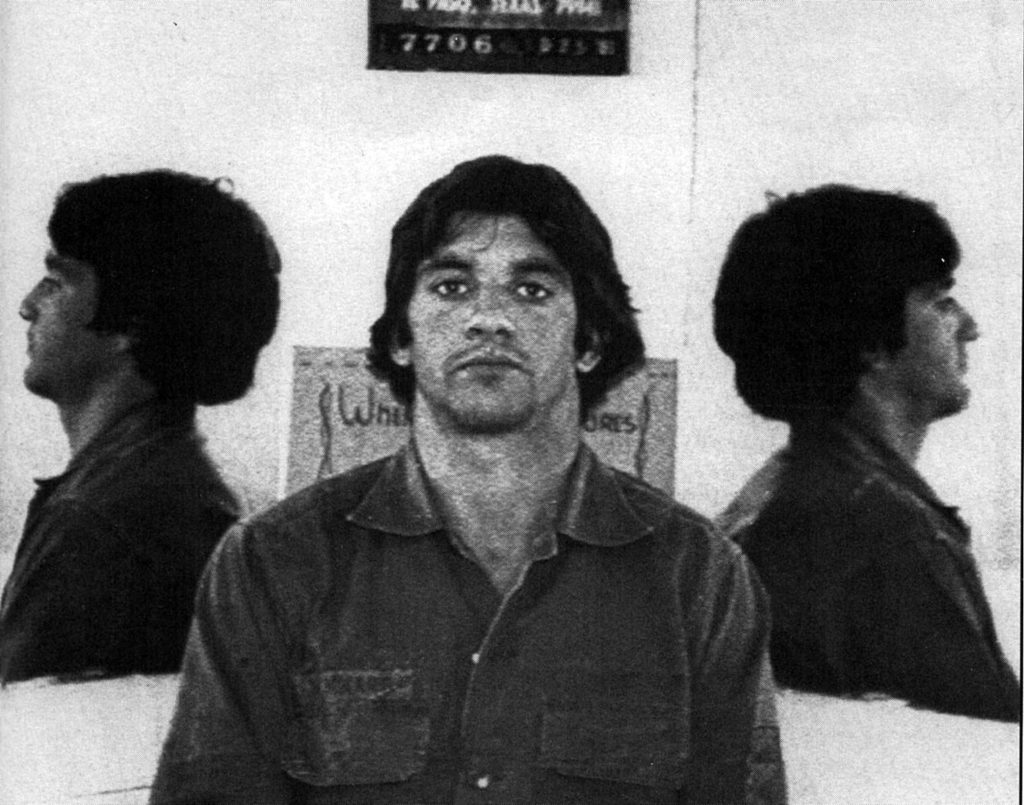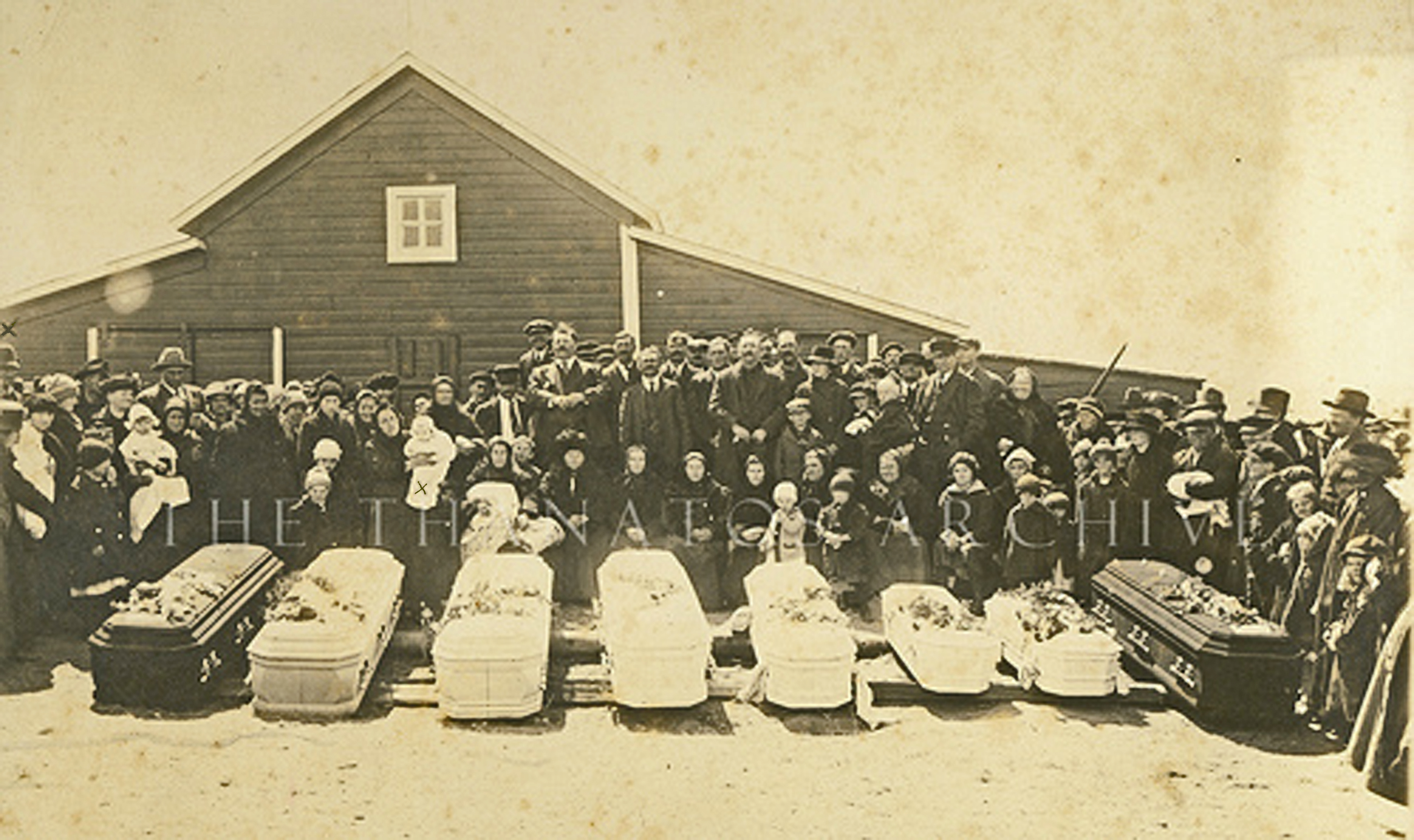At least one person was killed and eight others were wounded when shooters opened fire Tuesday inside a suburban Denver middle school. Two suspects—an adult man and a juvenile girl—have been arrested.
During a wider-ranging press conference today, a visibly angry District Attorney George Brauchler implored the media to show restraint when reporting the names and mugshots of the accused killers. The news media have an obligation to name the suspects and show their faces but, he said, they should quickly fade into the background. Instead, the focus should be on the victims, he said.

Coincidentally on Tuesday, the online magazine Reason asked: “Should Newspapers Discontinue Their Crime Blotter/Mugshots Sections?”
It wasn’t related to the Highlands Ranch shooting, but in general to a feeling that the media’s mere mentioning or publication of names and photos somehow glorifies or exalts the killers.
“Newspapers certainly have a First Amendment right to publish such material, and to keep it up (so long as they accurately describe the defendants as just having been accused),” columnist Eugene Volokh said. “And, of course, [they have] a First Amendment right not to. The question is how they should exercise this right.”
We are all familiar with the visceral argument that simply reporting the news lionizes and celebrates the evildoers and their monstrosities—so we just shouldn’t. It feels good, doesn’t it, to deny them the ordinary privilege of getting their names and pictures in the newspaper or on TV?
But having spent most of the past 10 years up to my elbows in the mass-murder culture (and a career as a newspaperman), I can say with some confidence that while fame (or infamy) often inspire these lunatics, they tend to be more obsessed with achieving “records”—put less delicately, killing more than the last guy.
One example: George Hennard, who crashed into a Luby’s Cafeteria in Killeen TX in 1991 was obsessed with James Huberty’s 1987 massacre at a San Ysidro CA McDonald’s—America’s deadliest public shooting at the time. There’s no evidence Hennard was seeking headlines for being a garden-variety shooter … but there’s plenty of evidence that he wanted the historic headlines associated with being the deadliest shooter. Hennard didn’t want to be as infamous as James Huberty, he wanted to be infamous because he was better than Huberty.
We mustn’t make laws curtailing free speech. But if authorities and media were to voluntarily adjust one small part of their behavior in these cases, it might be to tamp down talk of “the deadliest school shooting since Virginia Tech” or “the worst church massacre ever.” The demented killers increasingly see mass murder like a videogame, where the goal is to exceed your opponent’s score. They don’t care about who as much as how many.
Nothing—it bears repeating, nothing—will stop mass killings, no matter how Draconian. Not gun seizures, not school fortresses, not jailing anyone suffering mental illness, not prayer … not anything. And curbing First Amendment rights and reporters’ responsibilities to deliver facts about suspects isn’t the answer either.
But we could do one tiny thing to thwart some public killings: Stop challenging the defectives among us with obsessive score-keeping that gives them a goal for achieving infamy.
UPDATE 5/9: A new hashtag–#NoNotoriety–has emerged at Twitter as the anger simmers over naming the killers in the Colorado STEM school shooting two days ago.
Cover image is from funerals for eight people killed in a killer’s rampage in Turtle Lake ND in 1920.
